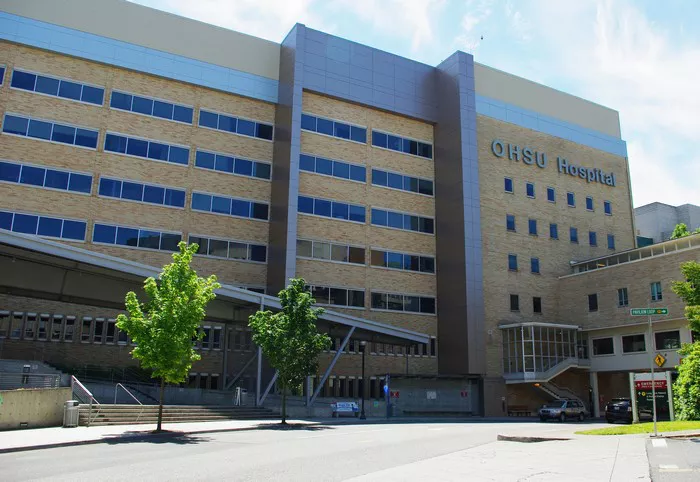FAQs
When should I be worried about lower back pain?
Lower back pain becomes a cause for concern when it is severe, persistent, or accompanied by other symptoms such as numbness, weakness, or loss of bladder or bowel control. If the pain is a result of trauma, or if it worsens over time despite rest and home treatment, it is advisable to seek medical attention. Additionally, if lower back pain is associated with fever, unexplained weight loss, or a history of cancer, prompt evaluation by a healthcare professional is necessary to rule out serious underlying conditions.
What causes lower back pain in females?
Lower back pain in females can be caused by a variety of factors, including muscular strain, poor posture, or injury. Hormonal fluctuations, particularly during menstruation or pregnancy, can also contribute to lower back pain. Conditions such as endometriosis, fibroids, or ovarian cysts are specific to females and can cause significant discomfort in the lower back. Additionally, degenerative issues such as arthritis or disc problems, as well as lifestyle factors like prolonged sitting or improper lifting techniques, can lead to lower back pain.
What organ affects lower back pain?
The kidneys are one of the primary organs that can affect lower back pain. Kidney stones, infections, or other kidney-related issues often manifest as pain in the lower back, typically on one side. Other organs, such as the bladder, uterus, and intestines, can also contribute to lower back pain if they are inflamed, infected, or otherwise compromised. Conditions affecting these organs may cause referred pain to the lower back, indicating a need for thorough medical evaluation to determine the underlying cause.
Related topics:
- Subclinical Atherosclerosis: Understanding, Detection & Treatment
- Uncovering Blockages Through Stress Testing: A Comprehensive Guide
- How Stress Affects Blood Sugar: A Comprehensive Guide


